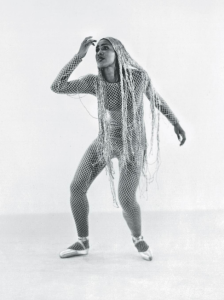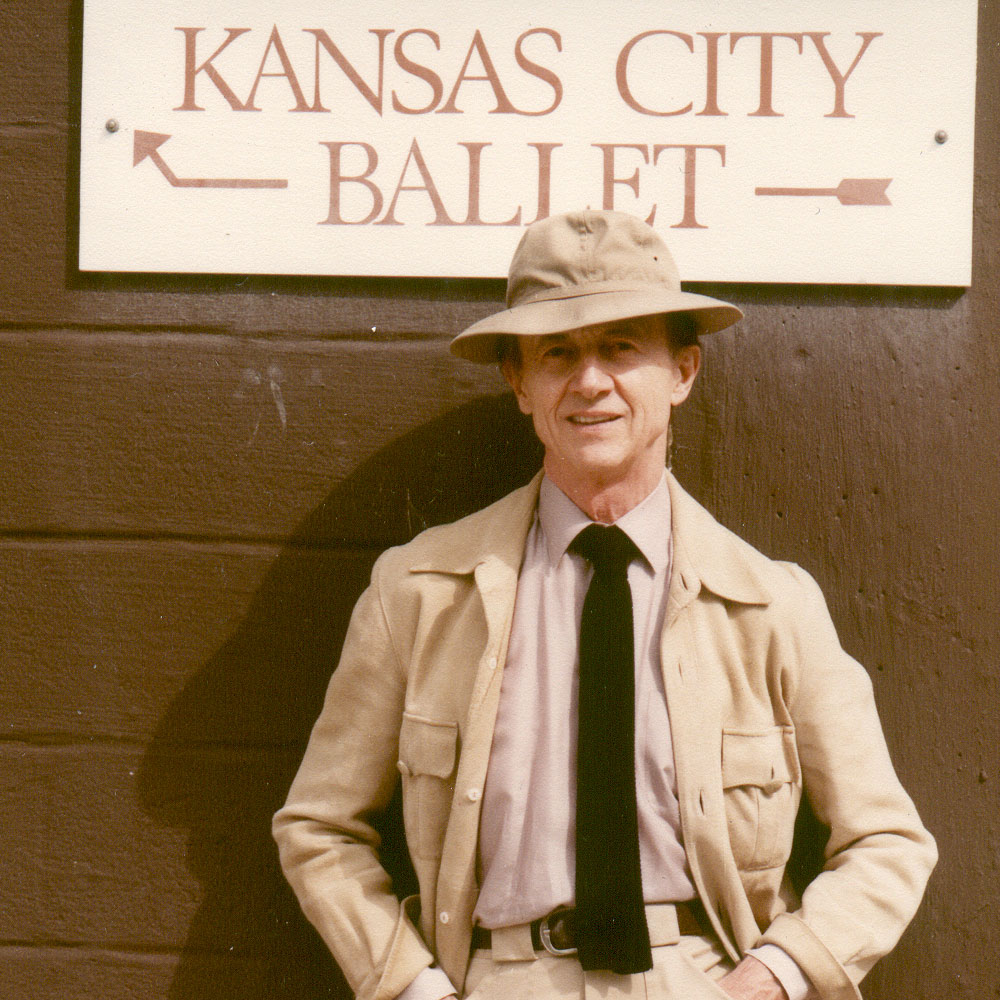Betty Nichols and Todd Bolender

During 1946-1948, Betty Nichols danced in Ballet Society. In 1947, she was featured in Todd Bolender Zodiac, with designs by Esteban Francés.
Source:
Betty Nichols – Black History Month in Dance, Alastair Macaulay
More about Todd Bolender

At 16, Todd Bolender left home and formal schooling for New York City, where he studied many forms of dance and savored the wealth of the literary, theatrical, and visual arts the city offered. Professional associations with George Balanchine; Lincoln Kirstein; scores of extraordinary dancers; painter Paul Cadmus; and composers Virgil Thomson, Igor Stravinsky, Samuel Barber, and Aaron Copland all influenced his ongoing self-education. As a principal dancer and promising young choreographer with Ballet Caravan, Ballet Society, and New York City Ballet, he played a significant role in the coming of age of classical dance in America.
Before taking up residence in Kansas City, he served as ballet director of the opera houses in Cologne; Frankfurt, Germany; Istanbul; and Ankara, Turkey. On Broadway, his choreographic credits included Time Remembered, The Conquering Hero, and Cry for Us All. His choreography for New York City Ballet included such works as The Miraculous Mandarin, The Still Point, Mother Goose Suite, and Souvenirs, all of which he restaged for Kansas City Ballet. In addition, he choreographed works for The Joffrey, Harkness and San Francisco Ballets. His choreography for the Kansas City Ballet serves as a kind of company chronicle, from the earliest Classical Symphony through the most recent work Arena. The list also includes Coppelia, Chopin Piano Pieces, Grand Tarantella, The Nutcracker, Tchaikovsky Suite, Concerto in F, and Tribute to Muriel. He took great pleasure in the four major pieces created in collaboration with internationally acclaimed sculptor, the late Dale Eldred. From Voyager and Danses Concertante to An American in Paris and Celebration, the collaboration was uniquely gratifying to the participants and patrons alike.
Todd Bolender’s appointment as artistic director of Kansas City Ballwt in the winter of 1981 opened a new chapter of opportunity for the company. Confident that broader community support for classical ballet might be found and emboldened by a small core of enthusiasts, he set about to build a company, a repertoire, and a school. Successes were hard-won at first, but they later came more frequently. “Kansas City has, at last, begun to do something about dance,” said Bolender, “…to regard ballet as a serious and essential part of the art world…necessary, important, and here to stay.”
Source:
Todd Bolender, Kansas City Ballet
Victoria Merengwa
Neenah Young
Nicole Young
